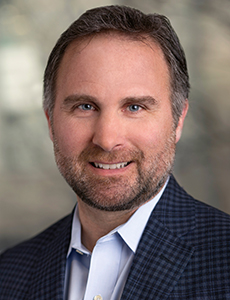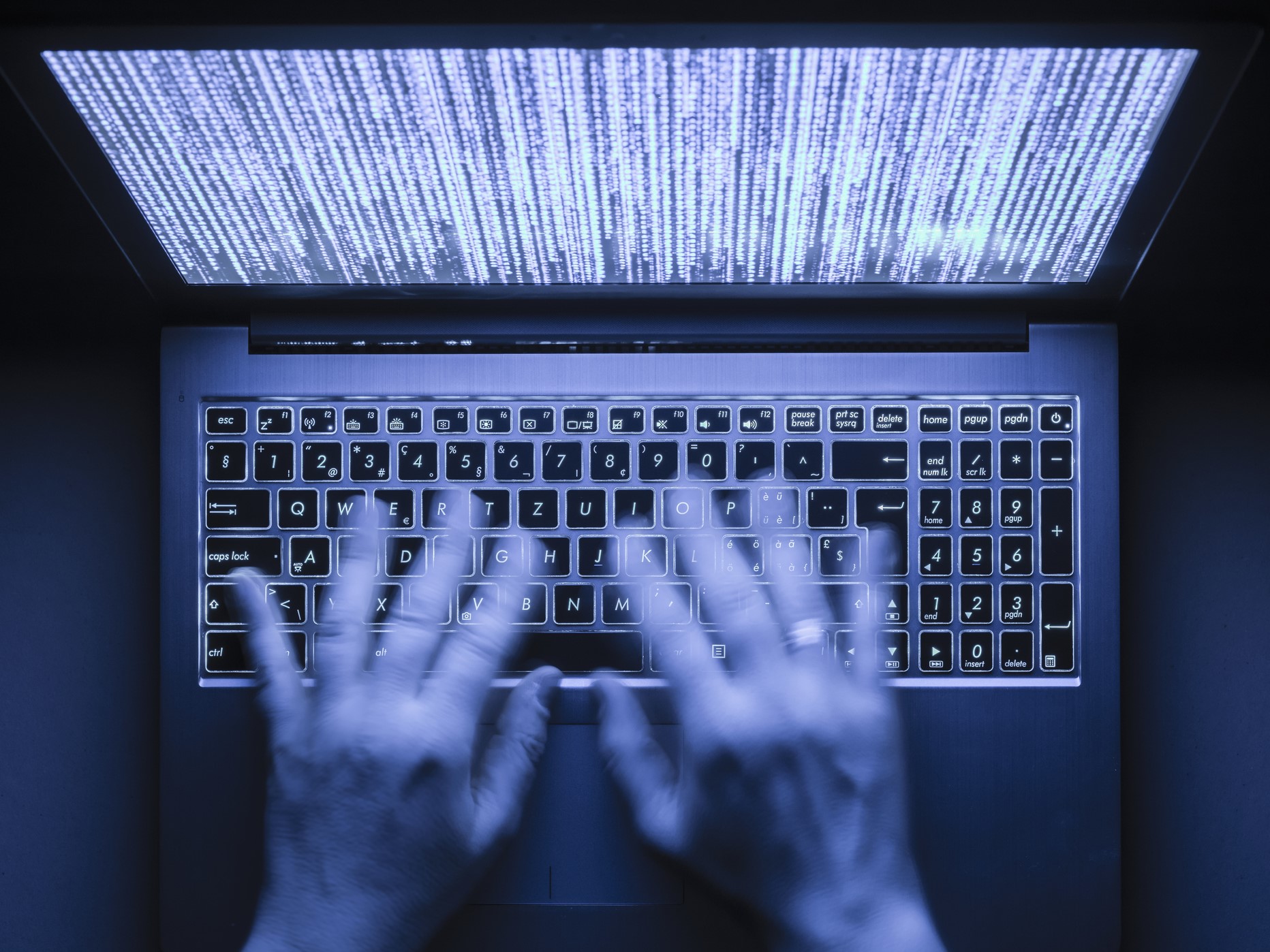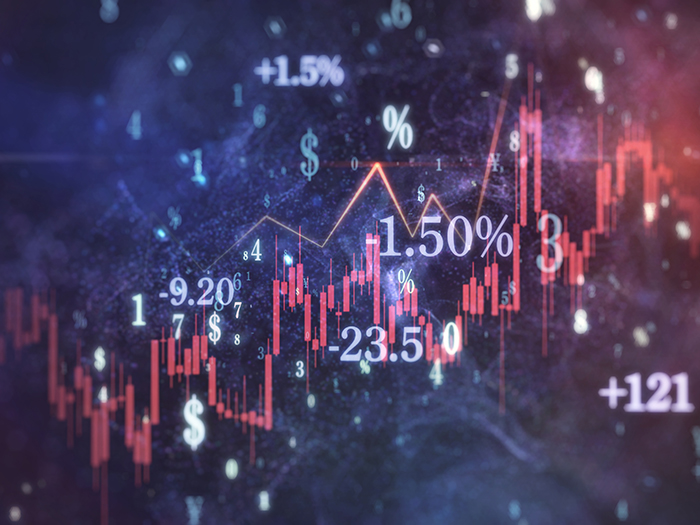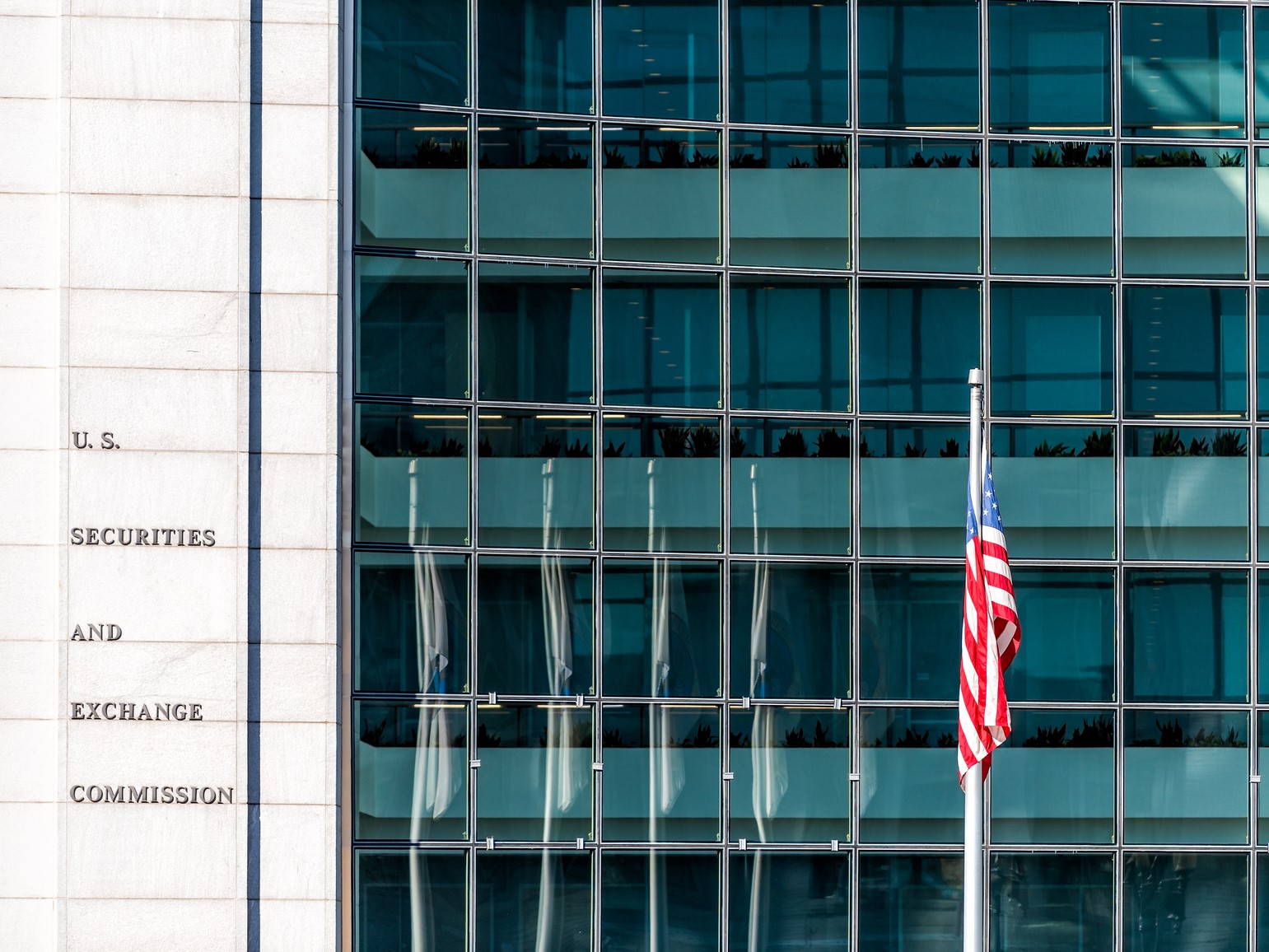Liberty Mutual 2021 Workplace Safety Index Details Top Causes of Workplace Injuries

Serious workplace injuries continue to be a significant issue for workers and employers, costing U.S. businesses more than $1 billion each week.
Liberty Mutual’s 2021 Workplace Safety Index (WSI) takes a closer look at the most common causes of serious disabling injuries, defined as those causing workers to miss five or more days of work.
The Index ranks the top ten by direct cost to employers based on medical and lost-wage expenses, and for the third year in a row, also breaks down the top five in eight different industry categories.
“There’s a lot of consistency in the numbers, but if you look closely, there have been a few things that have been trending up,” said David Dwortz, president and CEO of Helmsman Management Services, Liberty Mutual’s third party claims administrator.
Dwortz cites roadway incidents as one source of injuries that has continued to creep up, as well as falls, especially falls from heights.
Significant COVID Impact Still to Come
The nature of workplace injuries is likely to change substantially once the COVID-19 pandemic is factored in, but that has yet to show up in the data.
“The data used to calculate each Workplace Safety Index runs about two to three years in arrears,” said Dwortz. “It will probably be at least two years, or another year at least, until you start to see the real COVID impacts.”
Several aspects of the pandemic are expected to have a significant impact on workers comp claims, including the ergonomic challenges of remote work.
“In the next couple of years, among the causes of the most expensive accidents, you’re going to see the repetitive motion stuff start to move up,” said Dwortz. “I don’t think that’s a huge surprise. A lot of people are at home, at least for this period of time.”
Hopefully, any increase will be tempered by the efforts of insurers and risk managers to mitigate these risks.
“Our risk control and loss prevention people remained really busy, and they continue to focus on ergo issues and consult with our customers on how to set up their newly work-from-home staff in the best way,” said Dwortz.
Labor Shortage Anticipated to Have Mixed Impact

David Dwortz, President and CEO, Helmsman Management Services
The current shortage of skilled workers will likely also impact workplace injuries.
“We have a lot of younger people coming in and doing jobs that they’re just a lot less experienced in,” said Dwortz. “That raises risk, especially of serious injury.”
But the labor shortage may have a positive impact on worker safety, as well.
“Every business leader that I talked to identifies talent as one of the very top challenges they face, and in this market, obviously, the ROI is pretty darn positive on safety,” said Dwortz.
“If your talent is one of your most critical assets, keeping that talent safe is becoming a more common conversation. I’m actually encouraged by it. I like the fact that our prevention people are being brought in earlier and more often to talk about investments in safety.”
That commitment to workplace safety can actually be a competitive advantage, both on its own and as a signifier of a positive workplace culture.
“Companies who are most successful ensuring the safety of their talent, it’s hand-in-hand with their people culture, taking care of their people, the way they treat their people,” said Dwortz. “And they really look at it as a competitive advantage and use it to help attract and keep good folks.”
Negative Trends Driving Positive Changes
The combination of all these factors is, itself, another issue impacting the Workers Comp space.
“The complexity of the risk management job itself, I think, is changing rapidly,” said Dwortz.
“A global pandemic joins climate change and cyber to make this a challenging risk landscape.”
One upside of this is the increased visibility of these issues among corporate leaders. “The C-suite and the board of directors are getting much more involved in protecting companies from these and other exposures,” said Dwortz.
The pandemic and these other challenges are also driving improvements in technology.
“I hate to say anything good about the pandemic, but it has accelerated some things in technology and other solutions as we move towards autonomous vehicles and all kinds of other things,” said Dwortz.
One such technological advancement is in predictive models, which until recently were only able to utilize about 10% of available data.
“The changes we’ve made in our predictive models in just the last few months have been amazing,” said Dwortz. “The machine learning techniques that we are able to use and how our data scientists are able to tap into all that unstructured data – all those notes, invoices, and all these things that are just now available and actually useful – is really exciting.”
Another positive trend in the WC space is a continued shift to a more empathetic, and communicative approach to injured workers.
“When someone does get hurt, it’s a big deal and it’s a scary moment for most injured workers,” said Dwortz. “Having someone who comes in and expresses empathy right from the gun and is communicating, it sends a clear message that…their employer cares.”
Such an approach can significantly bolster positive outcomes.
“The best partners we have are really active in making sure that their injured workers understand that they’re valued and appreciated,” said Dwortz. “The data shows very clearly that when companies do that, their people come back stronger, quicker, and the overall outcome is much better for everyone.”
Dwortz also points to the serious commitment to diversity, equity, and inclusion as another positive trend throughout risk management in the industry.
“It’s going way beyond setting diversity goals,” said Dwortz. “It’s doing the real work to create and improve a real equitable and inclusive work environment that is going to make change sustainable. We have to prepare the next generation of leaders and I believe that generation’s going to look quite a bit different than the current one. It’s an exciting time to be in the business.” &










